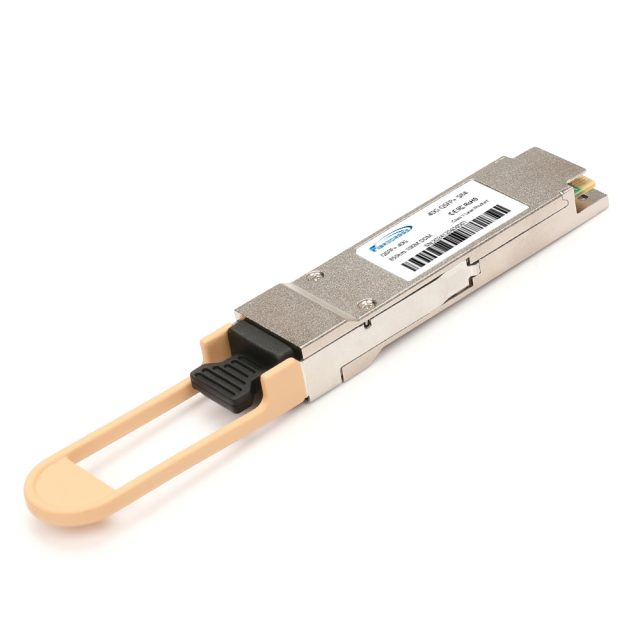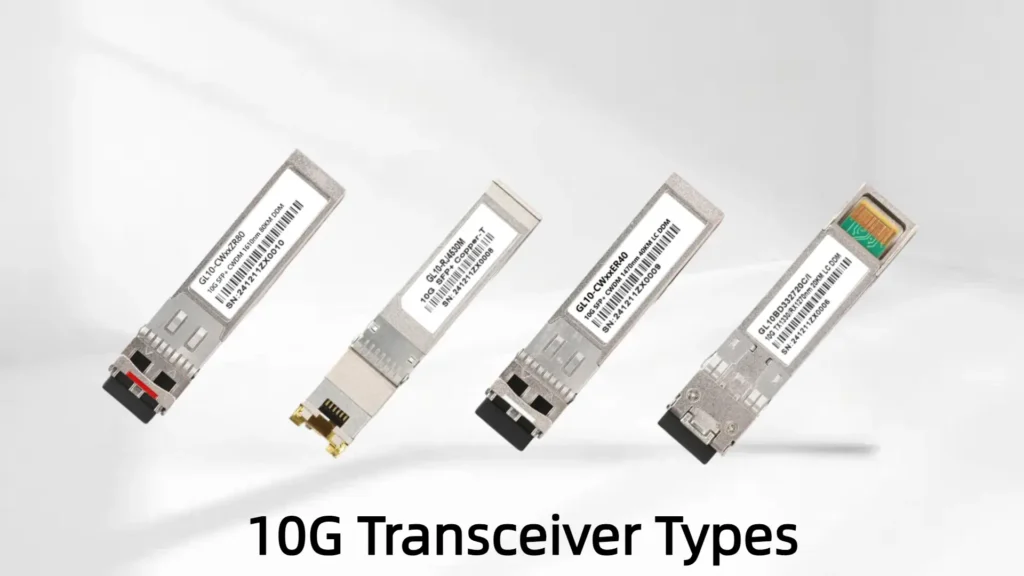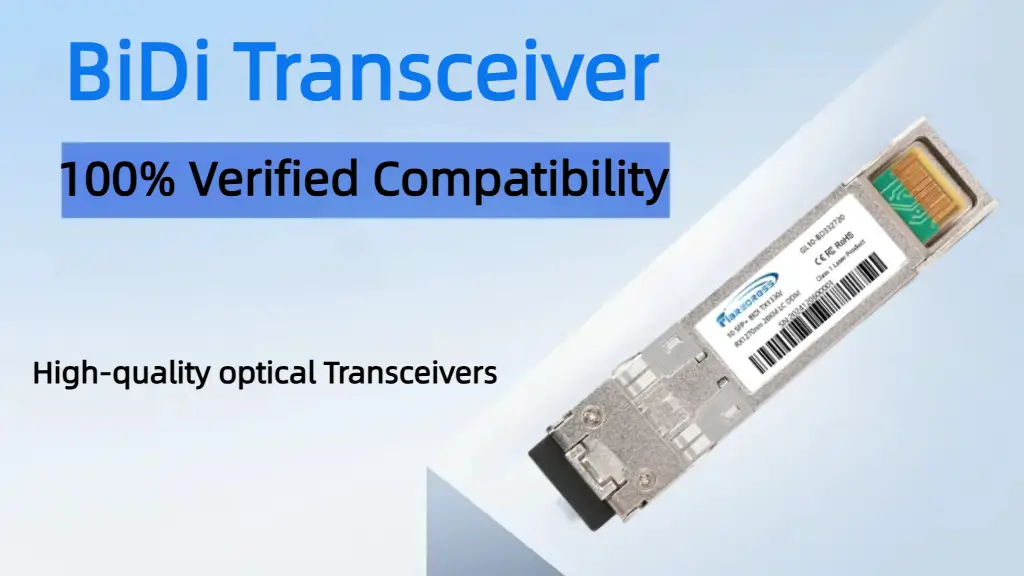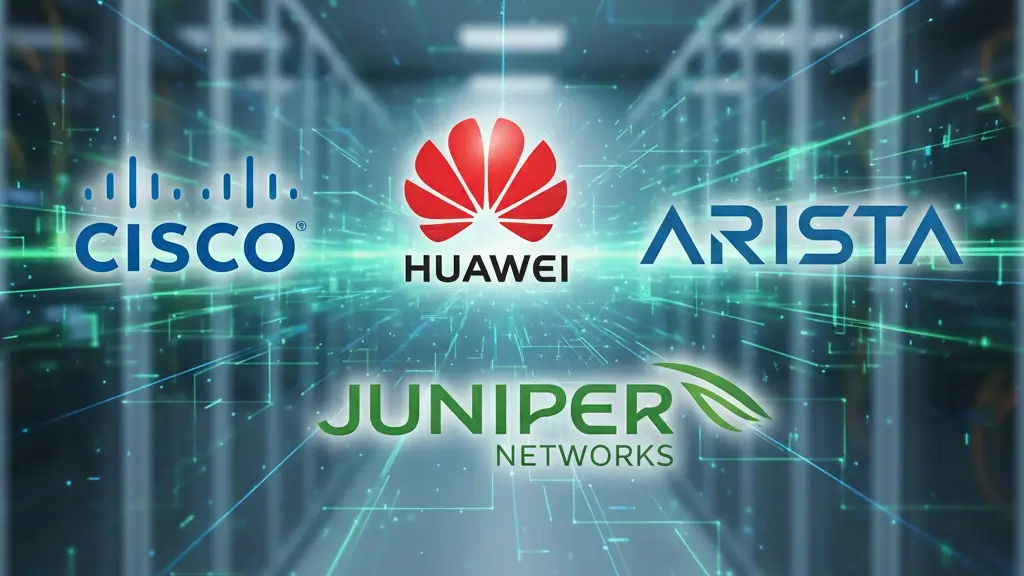Optical transceivers (Fiber Optic Transceiver Modules) are key components that convert electrical and optical signals, and vice versa. Fibrecross offers a wide range of speeds, from 10G, 25G, 40G, 100G, 200G, 400G, to 800G, and covers mainstream interface specifications such as SFP+, QSFP28, QSFP56, OSFP, and QSFP-DD. Fibrecross is designed and manufactured in strict accordance with industrial standards and is compatible with mainstream switches and servers.
- Key Advantages & Highlights
- Compatibility & Interoperability
- Application Scenarios
Factory Direct & Cost‑Effective
Fibrecross’s own optical‑module production line eliminates middlemen, offers lower MOQ (from 10 pcs) and competitive pricing.Rigorous Quality Control
Every batch undergoes temperature cycling, insertion/removal durability and BER 1e‑12 testing to ensure long‑term stability.Fast Turnaround
Ready‑stock items ship within 24 hours; custom orders completed in 5–7 business days on average.Full Protocol & Speed Support
Covers 1 G to 800 G: SFP/SFP+/SFP28, QSFP+/QSFP28/QSFP56/OSFP/QSFP-DD families to meet diverse network architectures.Wide Operating Temperatures
Commercial (0 °C to +70 °C) and industrial (–40 °C to +85 °C) versions available for data centers, outdoor cabinets, and harsh environments.
Major Switch/Router Brands Tested
Seamlessly interoperable with:Cisco Catalyst 9000, Nexus 3000/9000
Huawei CloudEngine S/CE series
Juniper EX/QFX series
Arista 7000/7500 series
Multi‑Vendor Module Interchangeability
Works alongside Finisar, Broadcom (Avago), II‑VI, Lumentum OEM modules with identical link performance.Automatic Rate Negotiation & Diagnostics
Supports DDM/DOM, auto‑negotiates speed, wavelength and reach to simplify deployment and monitoring.Multi‑Protocol Support
Ethernet, Fibre Channel, OTN, SONET/SDH—enabling unified architectures for carriers and enterprises.
Data Center Interconnect
Deploy between racks and uplinks to achieve high‑density, low‑latency server‑to‑switch connectivity. Typical products: 25 G SFP28, 100 G QSFP28 (multi‑mode or single‑mode).Metro & Backbone Networks
Use at aggregation nodes or carrier backbone loops, supporting 10 km, 40 km, 80 km distances. Examples: 40 G QSFP+ CWDM/DWDM modules that seamlessly integrate with existing DWDM systems.Enterprise Campus Networks
For campus aggregation and access layers, choose 10 G SFP+ or 25 G SFP28 modules to ensure high bandwidth and low latency across office or storage networks.High‑Performance Computing (HPC)
HPC clusters demand minimal latency and consistent bandwidth. Commonly use 100 G+ QSFP28/QSFP56 modules paired with low‑loss AOC/DAC links.Storage Area Networks (SAN)
Employ Fibre Channel modules for reliable, high‑volume data transfers between storage servers and arrays.
FAQ About Optical Transceivers
To select the appropriate optical transceiver module, consider factors such as the network device’s interface type (e.g., SFP+, QSFP28), required data rate (10G, 100G, etc.), transmission distance, fiber type (single-mode or multimode), and compatibility with specific equipment brands. communication between servers, switches, and routers.
Fibrecross’s optical transceiver factory strictly controls quality through the following multiple processes:
ISO System Certification: Most factories are certified to ISO9001, ISO14001, and other management systems.
Incoming Quality Control (IQC): All raw materials undergo visual and parameter inspection.
In-Process Quality Control (IPQC): In-line automated testing with data storage.
Outgoing Quality Control (OQC): Full inspection of optical power, bit error rate, eye diagrams, and other indicators ensures a pass rate >99.9%.
Compatibility Testing: Interoperability with major switch/router manufacturers such as Cisco, Juniper, and Huawei.
Common form factors include SFP (Small Form-Factor Pluggable) for 1G/10G, SFP+ for 10G, QSFP+ for 40G, QSFP28 for 100G, and QSFP-DD/OSFP for 400G/800G. Each form factor supports specific data rates and applications, with QSFP28 and QSFP-DD being prevalent in modern data centers for high-bandwidth needs.
An optical transceiver uses a hot-pluggable design and can be directly inserted into the optical port of a switch, router, or NIC. Ensure proper orientation and grounding to prevent static damage during installation.
Fiber optic transceivers differ by fiber type: multimode is ideal for short-distance transmission (typically under 300m) and lower cost, while single-mode supports long distances (up to 80km) with greater bandwidth and stability.
Yes, optical fiber transceivers from Fibrecross are tested for compatibility with major brands such as Cisco, Juniper, Arista, Huawei, and H3C. We also offer OEM coding customization to ensure seamless interoperability.
Yes, a high-quality optical module can be reused multiple times. However, it’s recommended to regularly inspect the optical interface for dust and check optical power levels to maintain stable performance over time.











